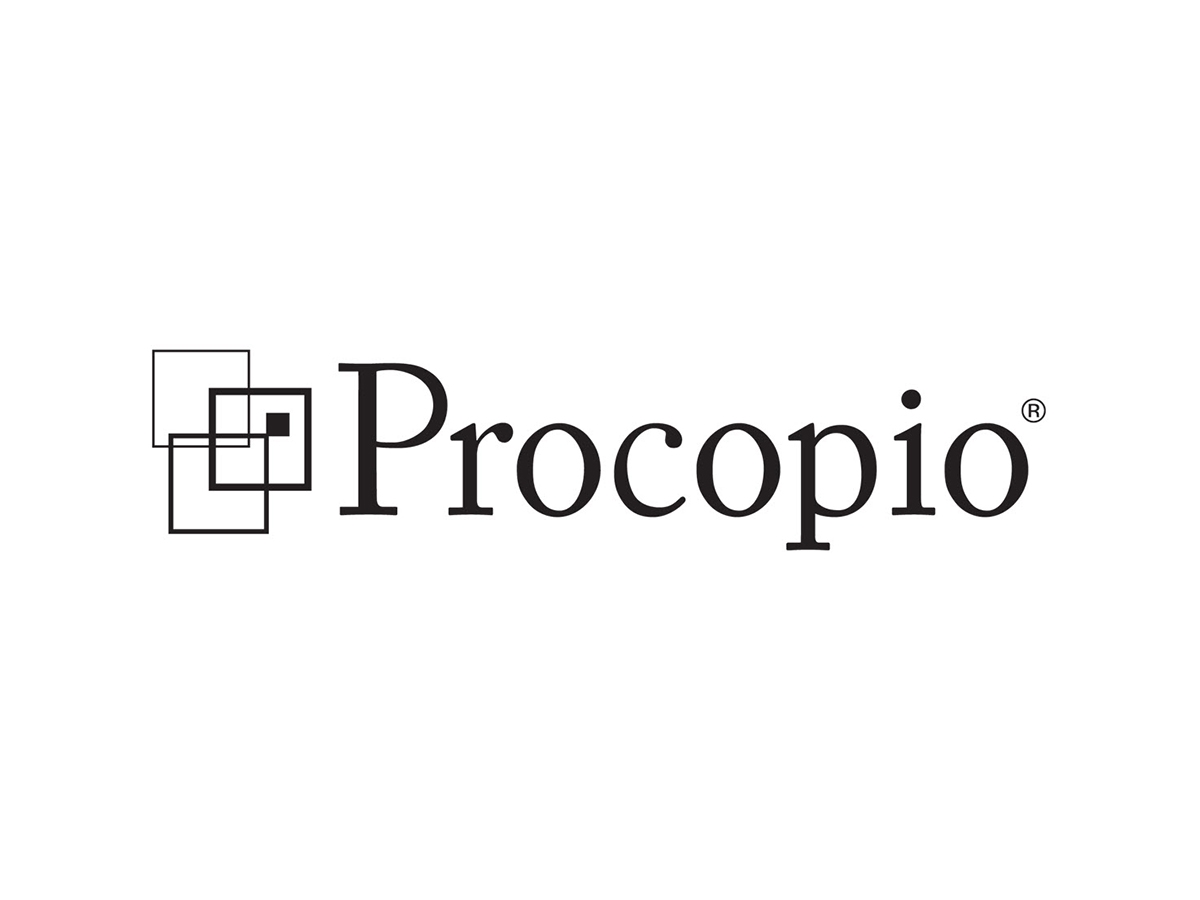Zogenix, Inc. v. Apotex Inc. – Fintepla® (Fenfluramine HCl) | Robins Kaplan LLP
Case Name: Zogenix, Inc. v. Apotex Inc., Civ. No. 21-1252-RGA, 2023 WL 5835828 (D. Del. Sept. 8, 2023) (Andrews, J.)
Drug Product and Patent(s)-in-Suit: Fintepla® (fenfluramine HCl); U.S. Patents Nos. 10,478,441 (“the ’441 patent”), 10,478,442 (“the ’442 patent”), and 11,406,606 (“the ’606 patent”)
Nature of the Case and Issue(s) Presented: Fintepla is indicated for the treatment of seizures associated with Dravet syndrome. Defendants submitted section viii carve-out certifications to the ’411 patent and the ’442 patent. The ’606 patent recites methods of treating patients with Dravet syndrome by administering a combination of stiripentol and reduced dosages of fenfluramine. Apotex filed a motion to dismiss the complaint for lack of subject matter jurisdiction and failure to state a claim under Rule 12(b)(1) and 12(b)(6). The Magistrate Judge recommended granting that motion. Plaintiffs objected to that Report and Recommendation, and the court adopted it.
Why Apotex Prevailed: Zogenix argued that the Magistrate Judge incorrectly interpreted Apotex’s label and ignored its allegations about how a physician would read the label. In particular, Zogenix argued that Apotex’s label encouraged infringing uses—namely, the co-administration of fenfluramine and stiripentol. First, Zogenix stated that § 12.1of Apotex’s label—which warns of an association between drugs like fenfluramine and certain cardiac side-effects—encouraged lower doses of fenfluramine. Second, Zogenix averred that the dosing instructions in §§ 2.3, 2.4, 7.1, and 8.6 instruct that administering stiripentol with fenfluramine enables lower dosages of fenfluramine. Third, Zogenix argued that the label instructs that administering fenfluramine with other AEDs—specifically, stiripentol—is safe and effective for treating seizures associated with Dravet syndrome.
The court was not persuaded. As to § 12.1, the court found Zogenix’s arguments were without merit because “warnings are not an instruction.” Specifically, § 12.1 did not instruct physicians to administer lower doses of fenfluramine, meaning that although some users might infringe, the proposed label nevertheless did not instruct users to perform the patented method. Further, the court explained that Zogenix’s argument that the phrase “another AED” means stiripentol to the exclusion of other AEDs did not align with the plain language of the label. Finally, the court agreed with the Magistrate Judge that even if the reference to AEDs somehow encompassed an infringing use of fenfluramine in combination with stiripentol, the label’s inclusion of both infringing and non-infringing uses was not sufficient to plead encouragement of the patented use.






